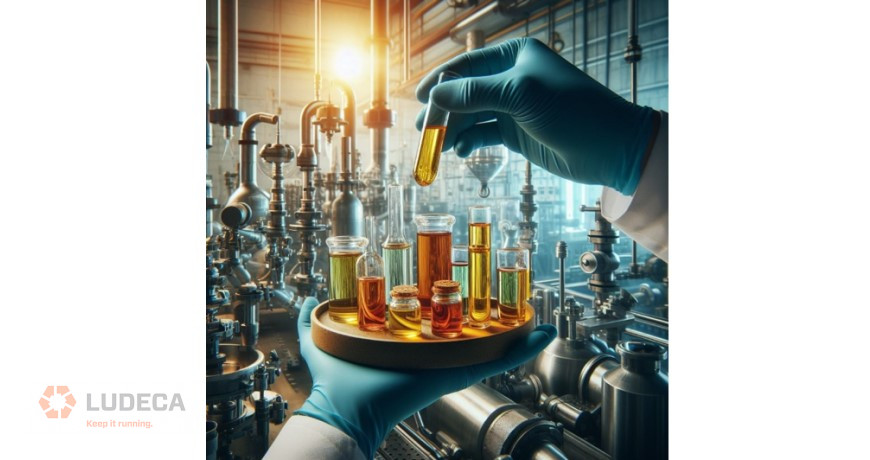In case you missed the first two installments of this article, be sure to check them out before jumping ahead to this last installment. In the first installment, we took a closer look at the reason for monitoring critical assets while in the second installment focused more on developing the oil analysis program as well as the types of tests you should use. This last installment will get you up to speed with the benefits of having an optimized oil analysis program.
Having an oil analysis program will always bring value to an organization. However, if the frequency of testing or the types of tests do not align with the equipment or what the reliability team is trying to achieve, then it can result in the being classed as an expense with no return on investment. This is one of the main reasons why oil analysis programs should be optimized.
In the first part of this article, we talked about categorizing assets into three main tiers; critical, semi-critical, and non-critical. Then we dived further into exploring the differences between basic and advanced tests as well as how often these should be utilized. By optimizing your oil analysis program, it brings more value to the organization as shown in the example below.
If we did not optimize the oil analysis program and perform advanced tests on non-critical equipment, then no value would be extracted from these tests. Let’s do a quick analysis of this using some average numbers in the industry.
Optimized oil analysis program example
Assume the following about our “operation”.
10 critical components, 15 semi-critical components & 20 non-critical components
The average price of a basic test kit is about UD10 per sample. Advanced tests are usually USD30-50 and more per sample. In this example, we will use USD50 as an average (just to make the numbers easy to work with).
If we group all our components together and implement mandatory oil analysis for all components at the same frequency with the same tests (basic & advanced) on a monthly basis, we could end up with the following:
- 45 components @USD 10 per month (basic test) = USD450 per month = USD 5,400 per year
- 45 components @USD 50 per month (1 advanced test) = USD 2250 per month = USD = 27,000 per year
That’s a total of USD 32,400 per year on oil analysis!
If we broke it down to an optimized program, we should get:
- 10 critical components x USD 10 per month (basic test) = USD 100 per month = USD 1200 per year
- 10 critical components x USD 50 quarterly (1 advanced test) = USD 500 per quarter = USD 2,000 per year
- 15 semi-critical components x USD 10 quarterly (basic test) = USD 150 per quarter = USD 600 per year
- 20 non-critical components x USD10 semiannually (basic test) = USD 200 semiannually = USD 400 per year
That’s a total of USD 4,200 per year on oil analysis!
An operator can potentially save USD28k per year just by optimizing their oil analysis program (given the hypothetical scenario above).
Also, in an optimized oil analysis program, the critical component testing has the majority of the budget. In this case, around USD3.2k per year. Does the cost associated with oil analysis bring any return on this investment? The answer is a resounding YES!

If a critical turbine fails for about 3 hours, it can cost the company hundreds of thousands of dollars. This is just for 3 hours in particular industries. A mere 3 thousand dollars for an entire year seems like an insignificant investment compared to the burden of hundreds of thousands of dollars for a failure which includes additional unplanned downtime.
There are many benefits of optimizing your oil analysis program besides the financial values show here which can include safety (less samples from high-risk areas for non-critical equipment), reduced paperwork (there is additional work associated with sending out each sample) and of course a reduced carbon footprint from sending off the number of samples to the lab.
Optimizing your oil analysis program is just one of the ways you can seek to make more impact on your company by increasing the value that it brings. It all begins with categorizing your assets and ensuring that you have the most appropriate frequency interval for sampling. These small changes can have significant impacts.
Thank you Sanya Mathura with Strategic Reliability Solutions Ltd for sharing this informative and educational article with us!
Implementing Lubricant Storage & Handling Procedures: Part 1 Understanding Contamination
Filed under:
Lubrication by Diana Pereda
